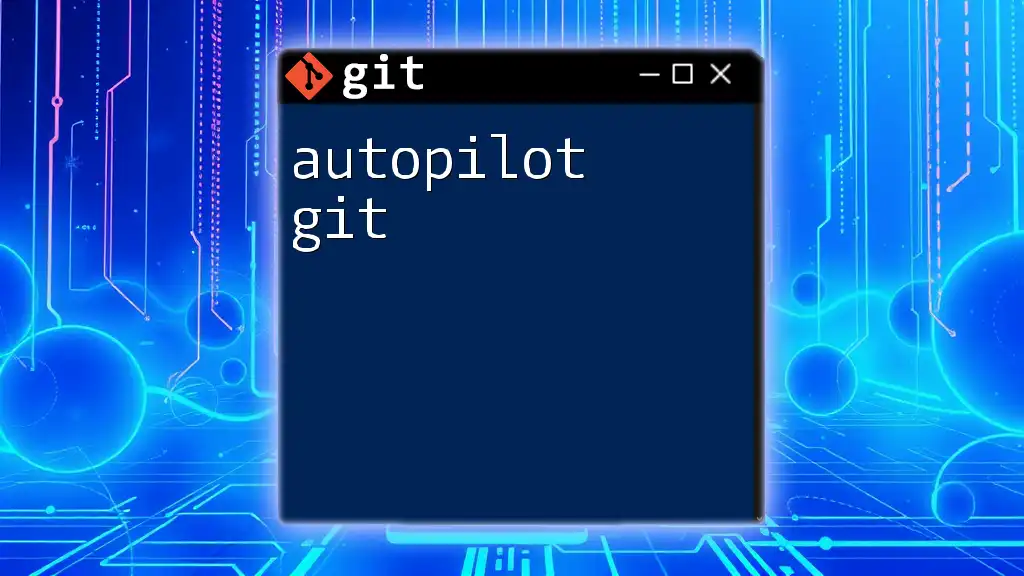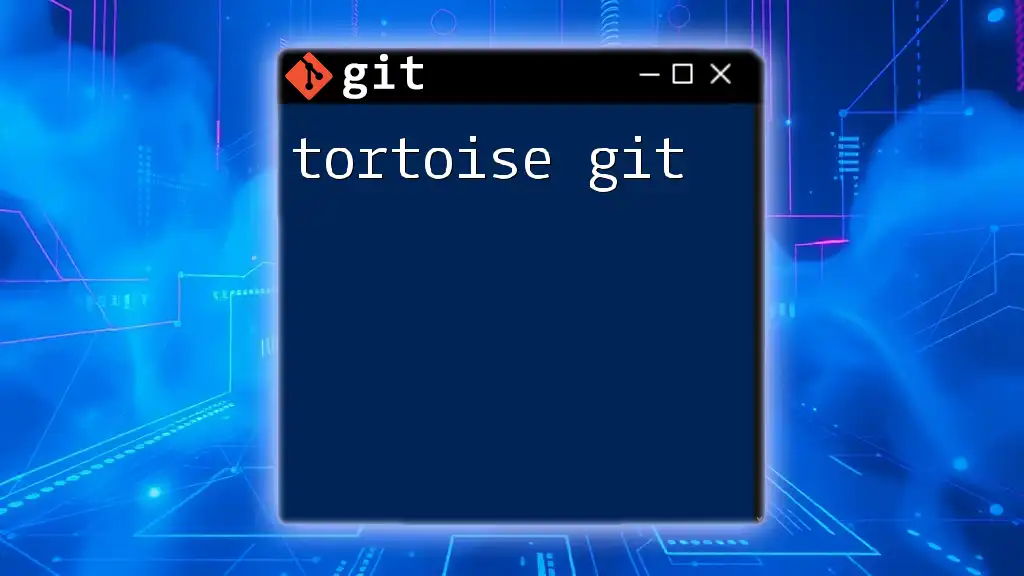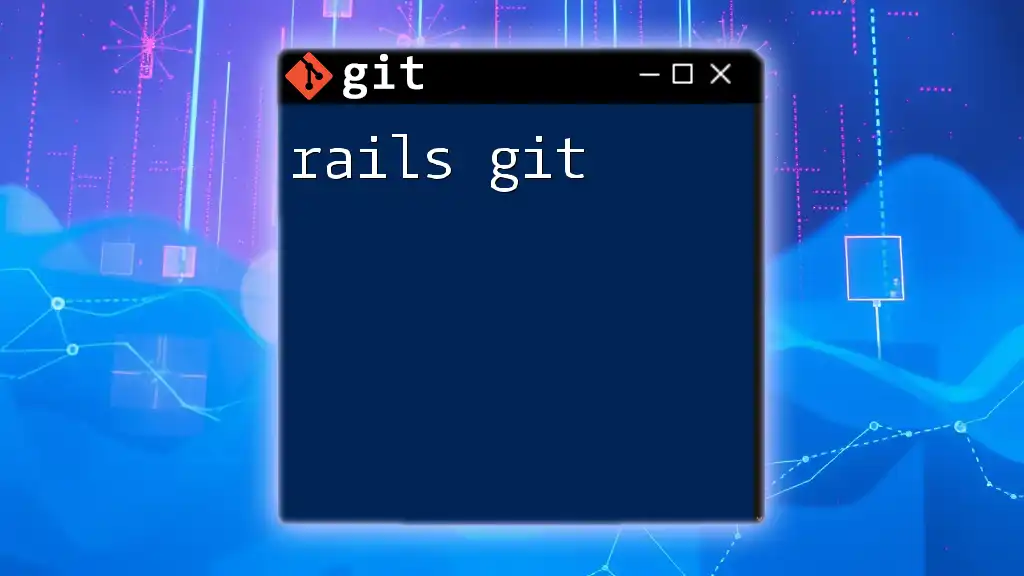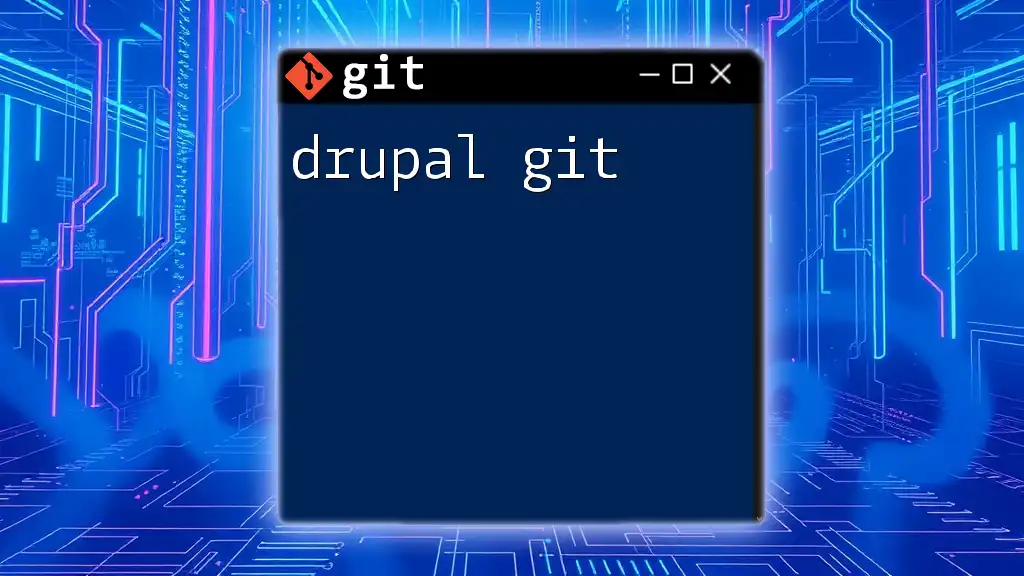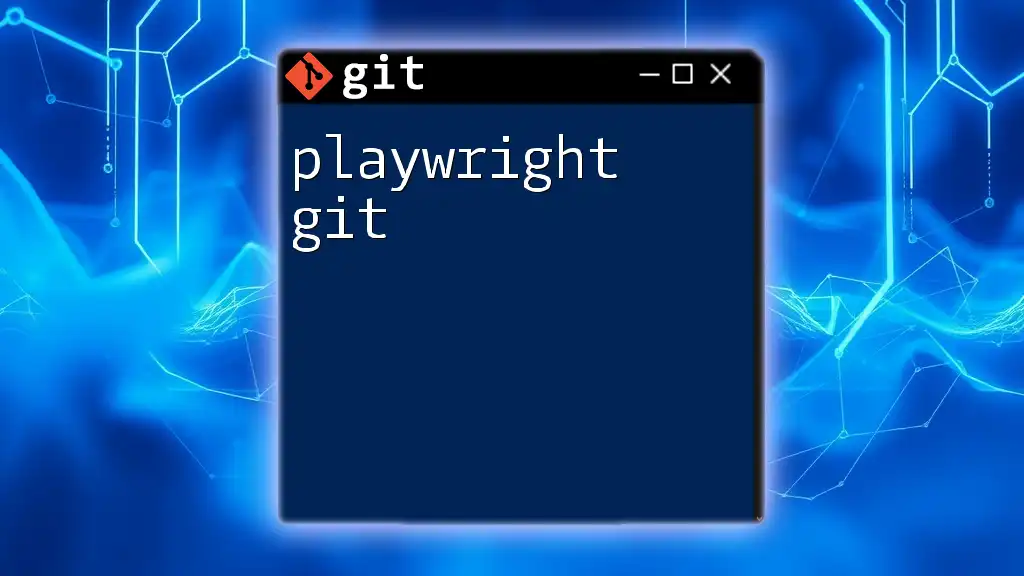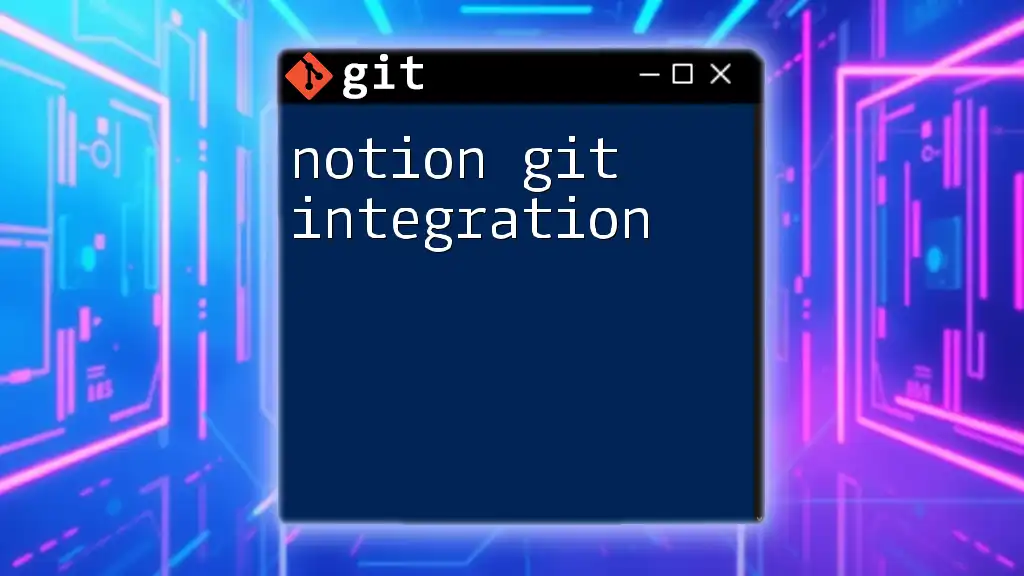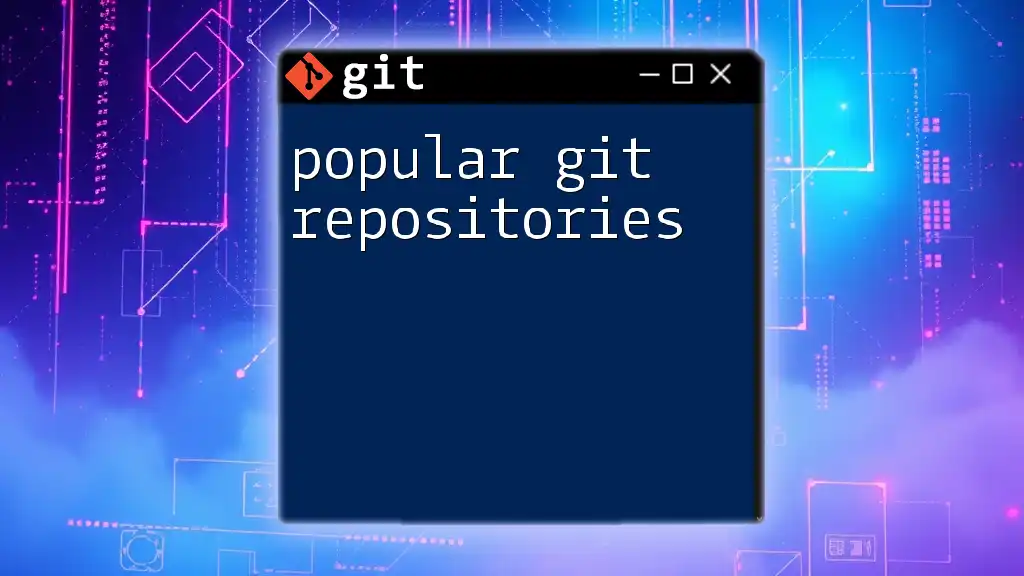"Autopilot Git" refers to automating common Git commands and workflows to streamline version control processes, allowing developers to focus on coding rather than command execution.
Here’s an example of an automated script that can commit and push changes with a single command:
#!/bin/bash
# Autopilot Git script to add, commit, and push changes
git add .
git commit -m "Automated commit: $(date)"
git push origin main
Understanding Autopilot Git
What is Autopilot Git?
Autopilot Git refers to the automation of various Git functionalities that streamline version control, minimize manual intervention, and enhance workflow efficiency. By leveraging automation, developers can save significant time and focus on writing code rather than managing repository tasks.
The Benefits of Using Autopilot Git
One of the most compelling reasons for adopting autopilot git techniques is the increased efficiency. Automation allows for repetitive tasks such as commits, merges, and pull requests to be completed with minimal effort, enabling developers to maintain a steady workflow.
Another key advantage is the reduction of human error. With manual processes, it’s easy to make mistakes—whether that’s misplacing a commit message or merging conflicts incorrectly. Autopilot Git minimizes these risks, ensuring that your code changes are logged and managed accurately.
Finally, employing an autopilot git framework guarantees consistency across your development processes. Whether working solo or in teams, automated tools will deliver the same results every time, creating a uniform environment that both new and existing team members can navigate with ease.

Setting Up Autopilot Git
Prerequisites for Using Autopilot Git
Before diving into Autopilot Git, you should have a basic understanding of Git. Familiarity with commands like `git clone`, `git add`, `git commit`, and `git push` will be beneficial. Additionally, having a suitable tool environment set up is crucial. Tools such as a command-line interface (Linux, Terminal, or Command Prompt) and an appropriate Integrated Development Environment (IDE) can enhance your experience.
Installing Required Tools
To get started, make sure you have Git installed on your machine. You can download it from the official Git website. After installation, confirm that everything is functioning correctly by running:
git --version
For advanced functionality, consider installing additional tools such as the GitHub CLI or using CI/CD platforms that integrate seamlessly with your Git repositories.

Getting Started with Autopilot Git Features
Key Features of Autopilot Git
Automatic Commit Management
One of the powerful features of Autopilot Git is the use of commit hooks. These hooks allow you to automate actions before or after Git commands, enhancing your workflow.
For example, you can set up a pre-commit hook to automatically format code before committing it:
#!/bin/sh
npm run lint
This command runs a linter to check your code for errors, ensuring only clean code is pushed to your repository. Such automation simplifies the coding process and maintains code quality.
Automatic Branch Management
Branch management can often be tedious, but Autopilot Git simplifies it through scripting. You can implement a script to create new branches automatically based on a timestamp:
git checkout -b new-feature-$(date +%Y%m%d%H%M%S)
This creates uniquely named branches, which can help avoid conflicts and maintain clarity in version tracking.
Continuous Integration and Deployment (CI/CD)
Incorporating CI/CD is fundamental for modern development. This approach ensures that, whenever you push changes, your code is automatically tested and deployed.
Here’s a basic example using GitHub Actions to run tests whenever code is pushed to the main branch:
name: CI
on:
push:
branches:
- main
jobs:
build:
runs-on: ubuntu-latest
steps:
- name: Checkout code
uses: actions/checkout@v2
- name: Run tests
run: ./run_tests.sh
This automation streamlines the development process, allowing for frequent and reliable updates to your codebase without manual processes.
Configuring Autopilot Git
Basic Configuration Settings
To get the most out of Autopilot Git, you need to configure your settings. You can set global configurations that apply across all repositories:
git config --global user.name "Your Name"
git config --global user.email "you@example.com"
These configurations help maintain your identity for every commit you make, further enhancing project organization.
Advanced Settings
Consider customizing your commit templates to create structured messages. This can be done by adjusting your global Git configuration:
git config --global commit.template ~/.gitmessage.txt
Additionally, establish a global ignore file to ensure that unnecessary files are not included in commits:
git config --global core.excludesfile ~/.gitignore_global
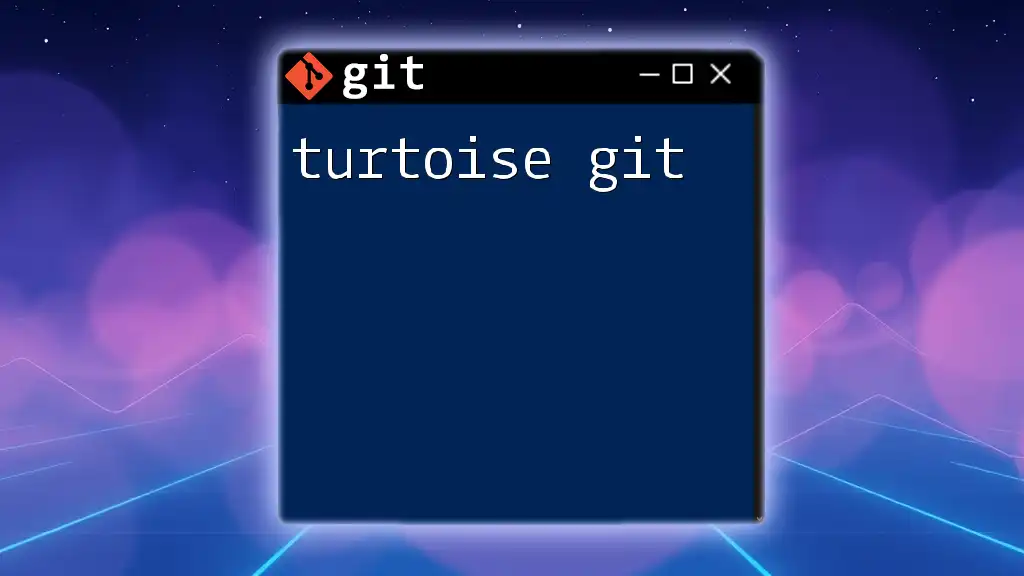
Using Autopilot Git in a Real-World Scenario
Structuring Your Repository
A well-organized file structure is vital for managing your codebase efficiently. A recommended directory layout may look like this:
/project
/src
/tests
/docs
/scripts
By separating your source code, tests, documentation, and scripts, you create a manageable environment that makes navigation and collaboration straightforward.
Automating Common Git Tasks
Pull Requests
Automate the creation of pull requests using the GitHub command line tool, hub. This can simplify the process significantly:
hub pull-request -m "Your PR title"
By automating pull requests, developers can focus on writing their features without getting bogged down by manual procedures.
Merging Branches
Regularly merging branches can be a chore, but Autopilot Git can streamline this with integrated scripts that simplify the merge process. Commands like this can be incorporated into your CI/CD pipelines to automate merges when certain conditions are satisfied.
git merge feature-branch
Automation here reduces bottlenecks and ensures that new developments are continually integrated into your project.

Troubleshooting Common Issues with Autopilot Git
Common Automation Pitfalls
Despite the advantages, automating Git processes can introduce several pitfalls. For instance, unexpected merge conflicts might arise when two branches contain overlapping changes.
Debugging Your Setup
To troubleshoot your Autopilot Git setup, it's critical to familiarize yourself with debugging techniques. Utilize commands to verify repository health and current states:
git fsck
git status
These commands can assist in identifying problems and ensuring your repo is in optimal condition.
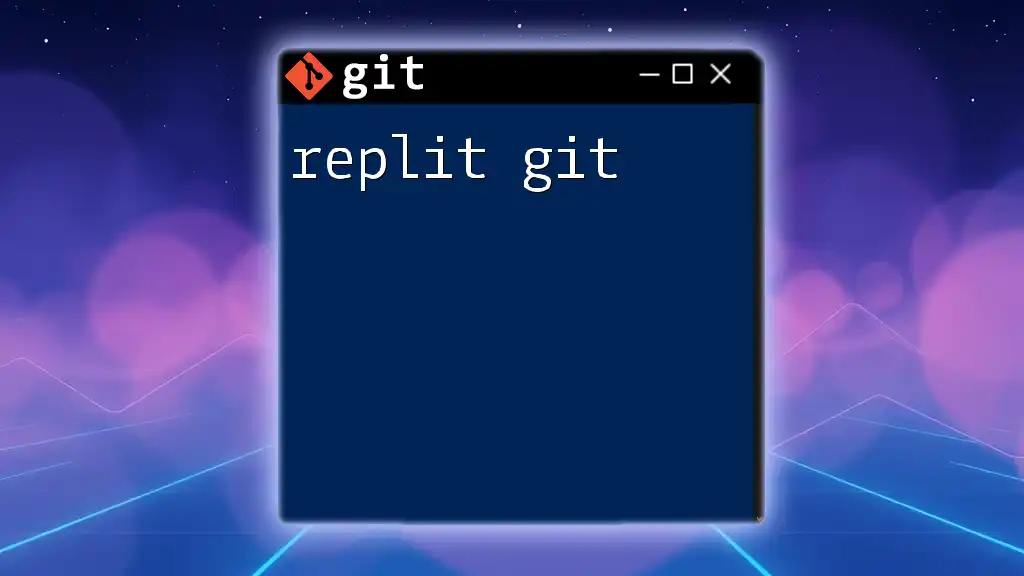
Best Practices for Autopilot Git
Writing Clean and Descriptive Commit Messages
It's essential to write clean and descriptive commit messages. A good commit message explains the what and why of your changes, as opposed to just the how. For example:
- Good: "Fix bug in user authentication logic"
- Bad: "Fix stuff"
Good commit messages make it easier for you and your team to understand the rationale behind changes when revisiting the project down the line.
Staying Updated with Git Best Practices
To ensure seamless integration of Autopilot Git into your workflow, continuously seek resources for ongoing learning. Join community forums or explore comprehensive documentation to stay informed about the latest Git best practices and automation techniques.
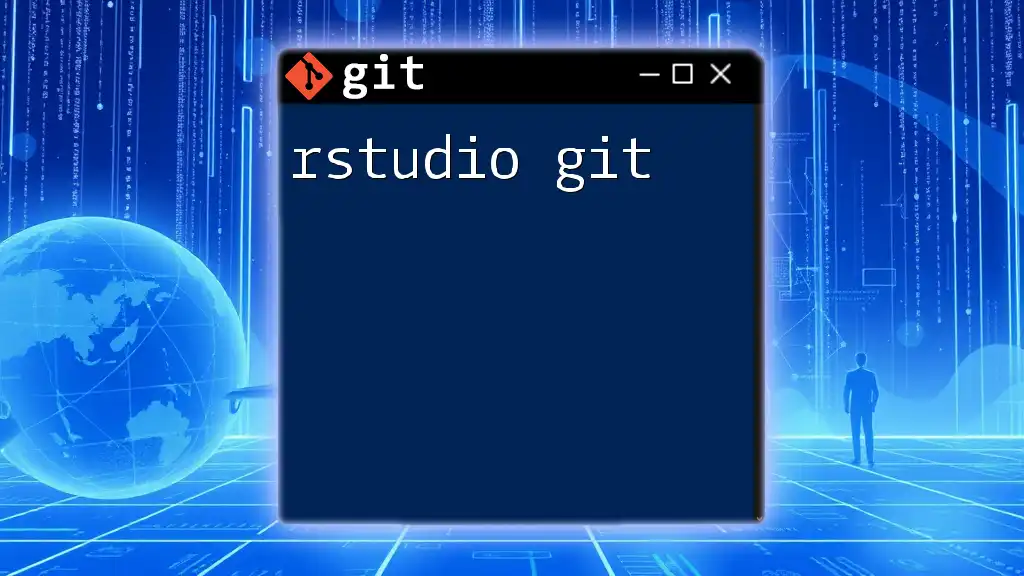
Conclusion
The Future of Autopilot Git
As software development evolves, automation will play an increasingly crucial role in version control. Adopting Autopilot Git methods now will not only enhance your current workflow but also prepare you for future advancements in the field.
Call to Action
Don’t hesitate to start implementing Autopilot Git in your projects today! Stay tuned for more tutorials and tips on how to automate Git processes effectively, and feel free to explore our courses and additional reading materials to deepen your understanding of Git automation techniques.

